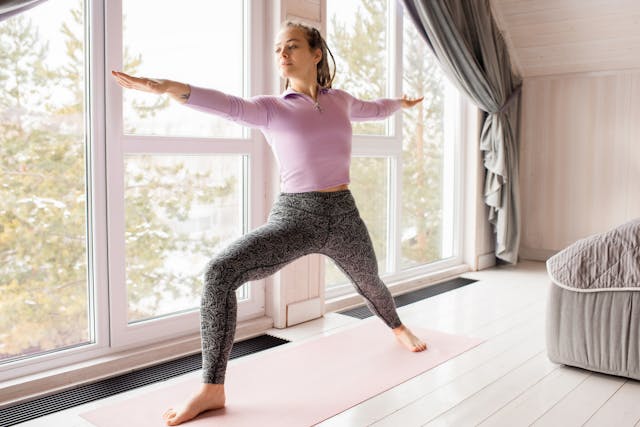When recovering from an injury, integrating the right exercises is crucial for a quick and effective recovery. Whether it’s a minor sprain or a severe trauma, practicing exercises like yoga and stretching can play a vital role in restoring strength, flexibility, and overall health. People often consult Albuquerque personal injury attorneys to resolve legal issues after an injury, but the physical recovery process is just as important and requires careful attention.
Yoga and stretching are known for their many benefits, especially when it comes to injury recovery. These practices not only promote physical recovery but also contribute to mental and emotional stability, which are important components of a comprehensive recovery strategy. Here’s how these exercises can help with the recovery process:
1. Enhance flexibility and mobility
Injuries often cause stiffness and reduced range of motion in the affected area. Yoga poses and stretches can gently induce muscles and joints to regain their natural flexibility. For example, poses like Cat-Cow stretch, Downward-Facing Dog, and various hip openers can help maintain and improve flexibility, promoting a smoother recovery.
2. Strength building
Maintaining muscle strength during recovery is crucial. Yoga incorporates a variety of postures that mobilize different muscle groups and provide balanced muscle strength training. Poses like plank, warrior, and bridge are great for maintaining core strength, which supports the entire body and helps prevent further injury.
3. Relieve pain
Certain yoga stretches are particularly effective at reducing pain caused by injuries. Gentle, sustained stretching helps increase blood flow to the injured area, promoting healing and reducing discomfort. Techniques like yin yoga, which require holding poses for extended periods of time, are particularly beneficial for pain management.
4. Mental and emotional health
Recovering from injury is not only a physical challenge; It can also be mentally and emotionally taxing. Yoga emphasizes mindfulness and deep breathing, which can significantly reduce stress and anxiety levels. Practices such as meditation and pranayama (breathing exercises) can enhance mental clarity and emotional resilience, aiding in the overall recovery process.
5. Improve circulation
Good circulation is essential for healing as it ensures the delivery of oxygen and nutrients to injured tissue. Yoga sequences that involve fluid movements, such as sun salutations, help improve blood flow throughout the body and speed up the recovery process.
6. Balance and coordination
Injuries can disrupt your sense of balance and coordination. Yoga and stretching can help retrain your body, improve proprioception (awareness of body position) and reduce the risk of future injury. Balance poses like Tree Pose and Eagle Pose are particularly effective for increasing stability.
Implement yoga and stretching into your recovery routine
Before starting any exercise regimen, it’s important to consult with your healthcare provider to make sure the exercise is appropriate for your specific injury. After clearing, start with gentle stretches and basic yoga poses, gradually increasing intensity as your body allows.
Incorporating yoga and stretching into your recovery program can significantly enhance your recovery process. These practices offer a comprehensive approach to recovery, addressing physical, mental and emotional issues. Embrace these practices with patience and persistence, and you may see a positive impact on your recovery journey.

